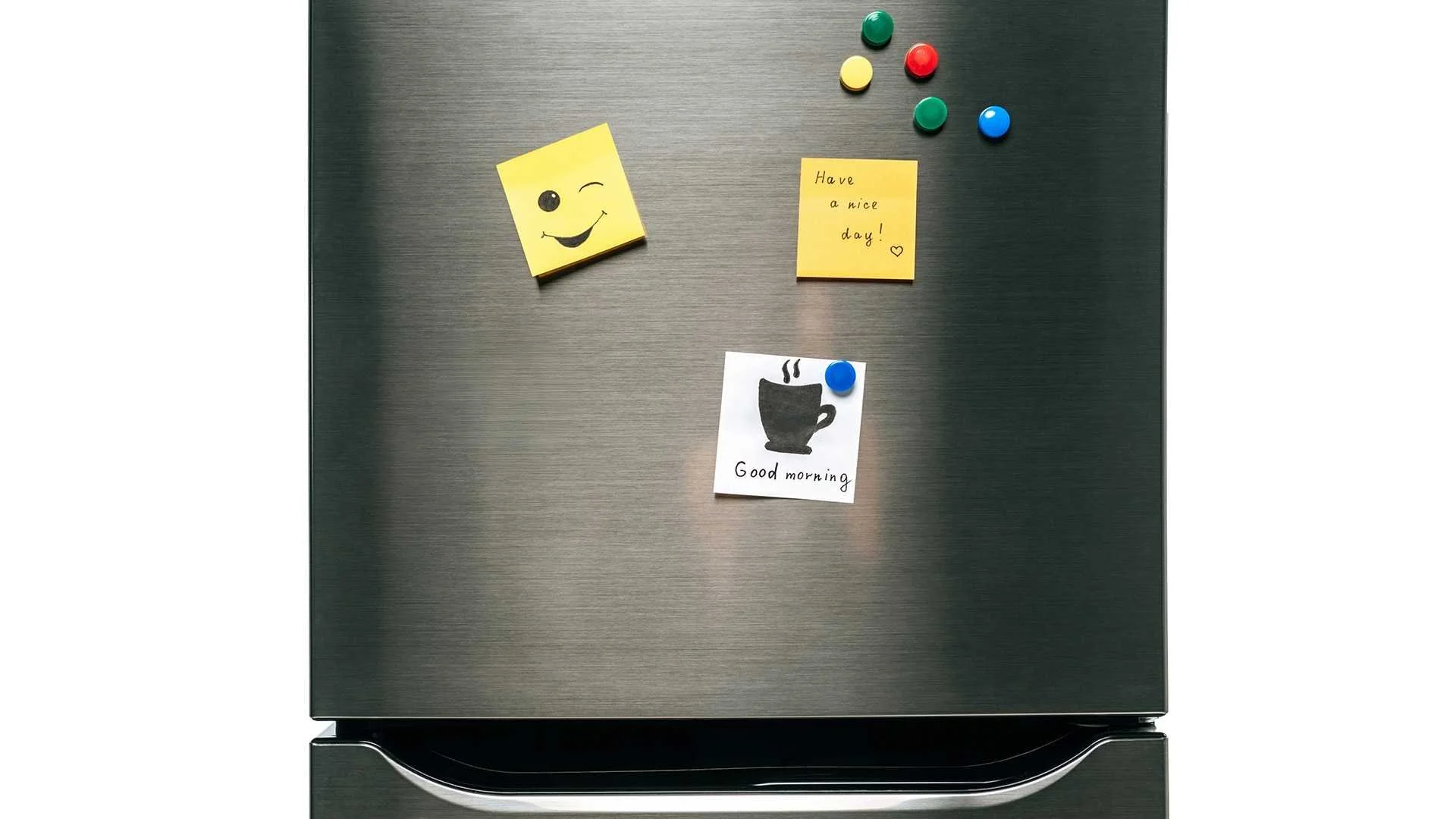Preventing Cross-Contamination
Safe storage saves lives, keep food and meds separate
Maintaining a clean, hygienic environment is essential in healthcare facilities to protect both patients and staff from infection and disease. One common but unacceptable practice that poses a serious safety risk is the storage of employee food and beverages in the same refrigerators or areas as medications or potentially infectious materials.
According to the OSHA Bloodborne Pathogens Standard (1910.1030(d)(2)(x)), food and drink must not be kept in refrigerators, freezers, shelves, cabinets, or countertops where blood or other potentially infectious materials are present. This applies not only to areas where food is consumed but also where it is stored.
Risks of Cross-Contamination
Storing food and medications together increases the risk of contamination. Spills or particles from food can compromise medication efficacy or contaminate medical supplies. Additionally, storing beverages or snacks in patient care areas introduces the possibility of exposing consumables to pathogens via contact with medical equipment or surfaces.
Temperature Control Matters
Medications often require precise temperature control to remain effective. Introducing food or beverages into these refrigerators can disrupt internal temperatures, causing both food spoilage and loss of medication potency. To preserve both safety and efficacy, food and medications must be stored separately.
Safe Practices for Healthcare Workers
Healthcare personnel must also remain mindful of their own food and beverage habits:
Do not eat or drink from open containers in clinical areas.
Do not leave water bottles on counters or surfaces exposed to infectious material.
Always store personal food and drinks in clearly designated areas away from patient care and medication storage.
Recommendations for Compliance
Use separate refrigerators for food and medication storage.
Clearly label each refrigerator to prevent accidental misuse.
Consider using custom magnets or signage to help staff quickly identify appropriate storage units. If your facility needs additional magnets, please contact your safety specialist.
By adhering to these guidelines, healthcare facilities can help reduce the risk of infection, ensure medication efficacy, and maintain compliance with OSHA and infection control standards.


